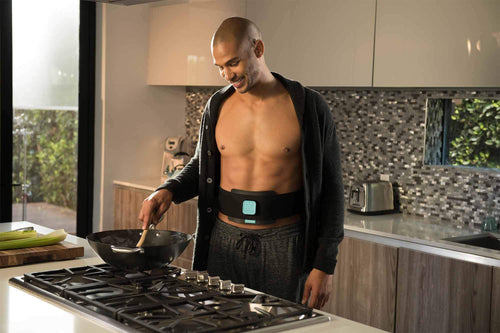Spring is the perfect season to hit the pavements and marathons are just around the corner. Whether you’re a seasoned pro or a new kid on the block these tips from England runner and elite coach Martin Yelling will help fine-tune your training and optimize performance.
We’re weeks before a race: what are the biggest issues runners face at this point?
The body is tired by now, so it’s the general fatigue of the workload to look out for. It’s a tricky time because your training is reaching its peak and the most important thing now is to not get injured.
Your body is under tension, so listen to it. You may get surface level aches you’d associate with running more, but learn to be aware of a deeper fatigue. Ask yourself: ‘Is this run making me a better runner?’ If you feel worse, make it shorter or easier. You’re better off arriving at a race slightly underprepared than injured.
An injury can literally stop a runner in their tracks. When should pain be taken seriously?
If it gets progressively worse during and after a run then pay attention. A sudden, acute pain that forces you to give up on a run is a big red stop sign. Some runners shun rest but if a muscle or bone pain doesn’t dissipate after five days then action is required. Take a few days off, but if it still bothers you after that see a specialist. Taking a week or so off doesn’t mean losing the fitness you’ve gained.
How can you make sure your muscles recover after each run?
If you’ve gone for a quick jog your muscles won’t ache the way they might after a faster, longer run – the time and type of recovery depends on what you’re doing. It’s all about the before, during and after – including rest, diet and your mindset. Post-run, try a sports or a soft tissue massage, as the act of working the muscle and releasing the fibers boosts recovery.
You can also prevent muscle strain and fatigue by taking an ice bath, wearing a compression garment or using a foam roller. And don’t forget that muscles also need protein to recover, so eat protein-rich foods like chicken or quinoa.
Even dedicated runners need a break. What types of exercise best complement running, and which actually don’t?
Try something that makes your running feel better and easier. Doing 500 lunges that leave you unable to move for two days won’t do anything to help the consistency of your running. Yoga and Pilates work your core and give you that overall body conditioning many runners lack – these are particularly useful in the later stages of a run when the body starts getting fatigued, and that’s when you can draw on that all-round stability and strength.
With this advice in mind you can accelerate recovery, reduce the risk of injury and boost running performance, helping you achieve your fitness goals – now go get that PB!


